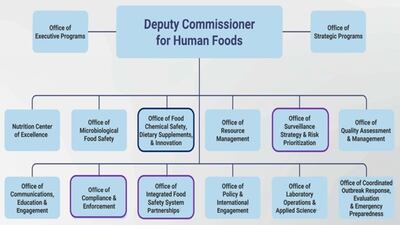Investigators at the University of California, Berkeley’s Center for Environmental Research and Children’s Health say their longitudinal study published Dec. 4 in Human Reproduction suggests links between in utero or peripubertal exposure to personal-care ingredients – namely phthalates, parabens and other phenols – and altered pubertal timing in girls. The study followed 338 children from before birth to adolescence, finding signs of earlier puberty onset in the daughters of mothers who had higher levels of triclosan and 2,4-dichlorophenol biomarkers in their urine while pregnant. Accelerated pubertal developments also were observed in girls with relatively high urinary concentrations of methyl paraben and propyl paraben, as measured at age nine. The authors note limitations to their research, including the assessed chemicals’ rapid metabolization, such that “one or two urinary measurements per developmental point may not accurately reflect usual exposure.” Further, they accept that noted associations could reflect reverse causality – i.e., “children going through puberty early may be more likely to use personal-care products.” Regardless, the study is receiving wide media attention, doing no favors for the ingredients’ already shady reputations.
Announced Nov. 23, a study from Denmark’s Environmental Protection Agency derived margin of safety values for perfluoroalkyl and polyfluoroalkyl substances (PFAS) in cosmetic products, concluding that measured concentrations in makeup, skin-care and other cosmetics, when considered independently, generally do not represent risks to consumers; however, a risk “cannot be completely ruled out” if multiple PFAS-containing products are used simultaneously, the authors say. The agency acknowledges that the highly conservative scenarios used in its calculations are “not considered to be particularly realistic.” At the same time, it cites complicating factors that warrant consideration, including research signaling adverse impacts at lower exposure levels. In its marketplace survey and analysis, the agency identified one or more PFAS in all 17 cosmetics selected for examination, including at levels exceeding established and proposed EU restrictions
Read the full article – start your free trial today!
Join thousands of industry professionals who rely on HBW Insight for daily insights
- Start your 7-day free trial
- Explore trusted news, analysis, and insights
- Access comprehensive global coverage
- Enjoy instant access – no credit card required
Already a subscriber?



